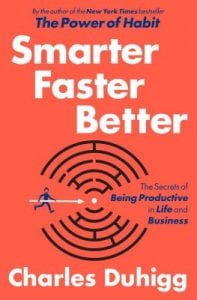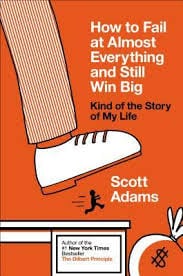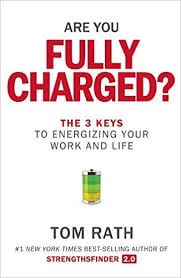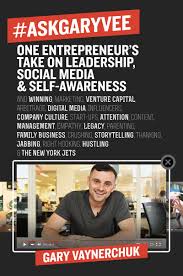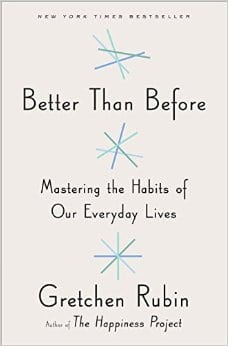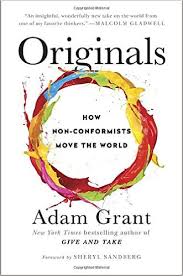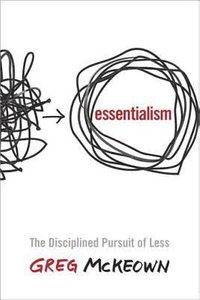Smarter Faster Better by Charles Duhigg
“Productive people and companies force themselves to make choices most other people are content to ignore. Productivity emerges when people push themselves to think differently.” – Charles Duhigg
Bestselling author Charles Duhigg has recently written the book ‘Smarter Faster Better: The Secrets of Being Productive in Life and Business’. In the book, he explains that the key to productivity is ‘choice’. Watch the following video to understand why:
